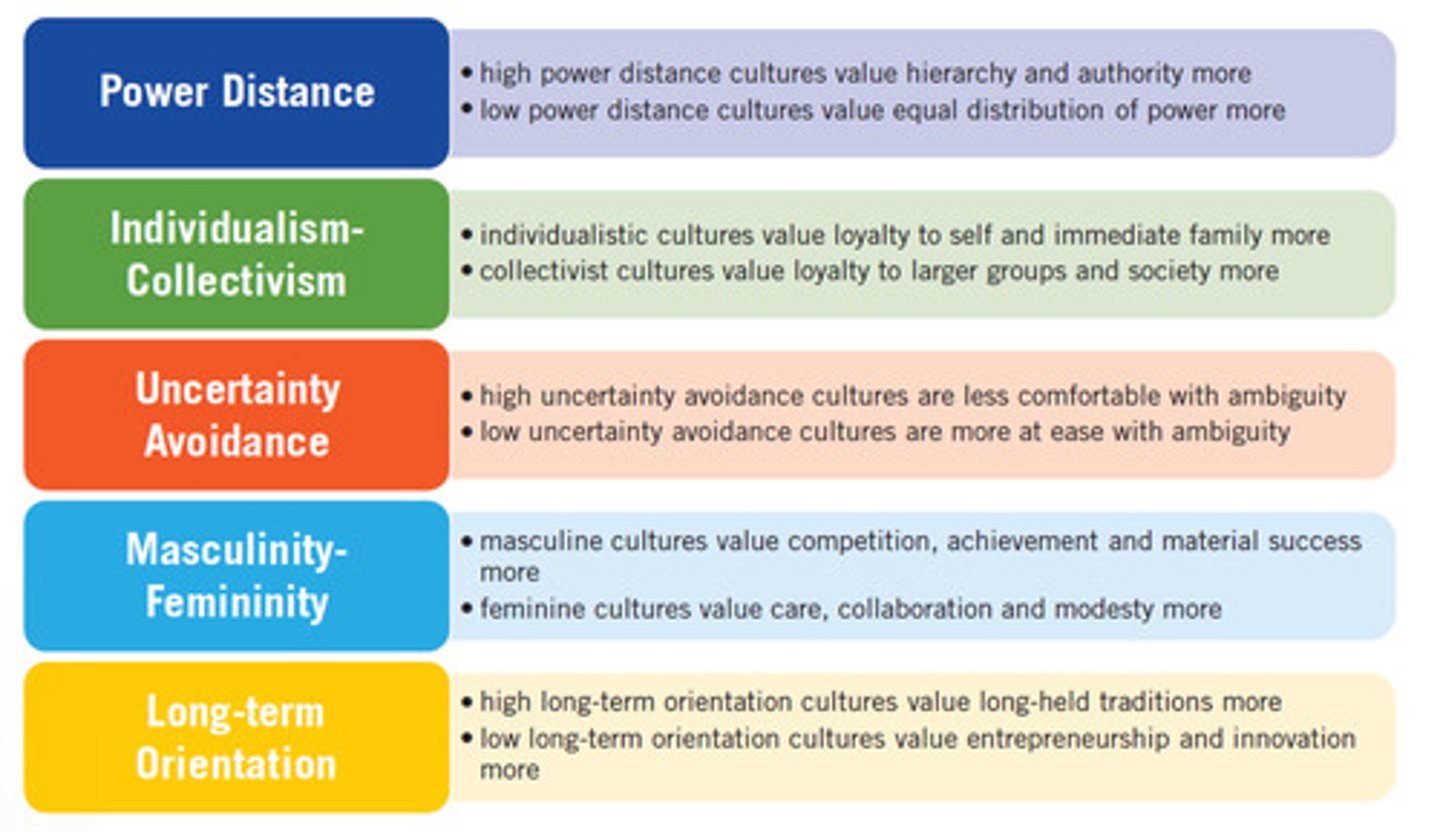Chapter 13 Final Exam APR241
1/19
There's no tags or description
Looks like no tags are added yet.
Name | Mastery | Learn | Test | Matching | Spaced |
|---|
No study sessions yet.
20 Terms
total-market approach
a strategic approach that combines insights and considerations from diverse segments to deliver integrated, culturally nuanced campaigns
Ethnocentrism
the tendency to judge people from another culture by the standards of one's own culture, which one considers superior to others
Culture
A shared system of beliefs, values, customs, and so on that guides behavior of a particular group or public
intercultural public relations
management of relationships between organizations and publics of different cultures
low context communication
exchanges in which most of the meaning of messages is stated explicitly in the messages and requires little understanding of context
high context communication
exchanges in which most of the meaning conveyed between people lies in the context of the communication or is internal to the communicators
low-context cultures
A culture that relies on more explicit, direct communication, like America, Switzerland, Germany, and Scandinavia
Cultural Dimensions
Power distance, individualism-collectivism, uncertainty avoidance, masculinity-femininity, long-term orientation

High-context culture
A culture that communicates more implicitly and relies on more nonverbal cues, like Africa, Asia, Middle East, and Latin America.
Cultural intelligence
Ability to adapt, communicate and interact effectively across cultures by learning and applying cognitive, emotional, and behavioral skills
Head (Cognitive)
think about what you hope to achieve, learn from your experiences when you encounter something new in a different culture, use those experiences to inform future actions and communication, plan ahead for introductions to new people
body (physical)
Physical actions such as body motions, eye contact and gestures are a huge part of intercultural communication
Heart (emotional/motivational)
the more experience we have in intercultural interaction, the more confidence we build in our ability to learn and adapt
self-efficacy
One's belief that he or she can perform certain behaviors to achieve certain outcomes
International public relations
management of relationships between organizations and publics of different nations
Environmental Variables
politics, economy (digital divide), media (usage divide)
digital divide
gap between those people with relatively little access and use of information and communication technologies and those people with greater access and usage
public diplomacy
subset of international public relations that focuses on promoting national interests
dialogic communication
exchanges involving people communicating their own views and backgrounds while remaining completely open to seeing the world as others do
monologic communication
communication in which one party attempts to impose its view on others